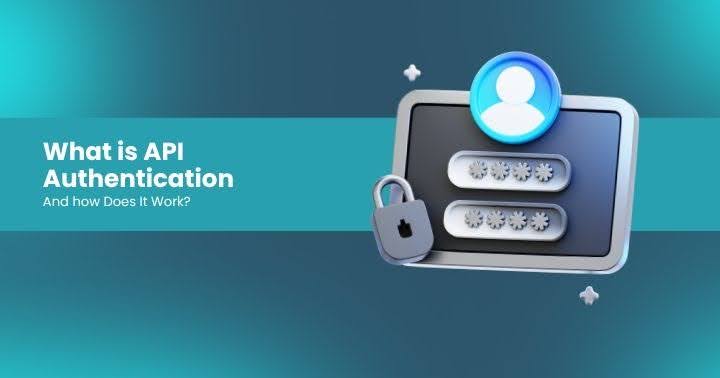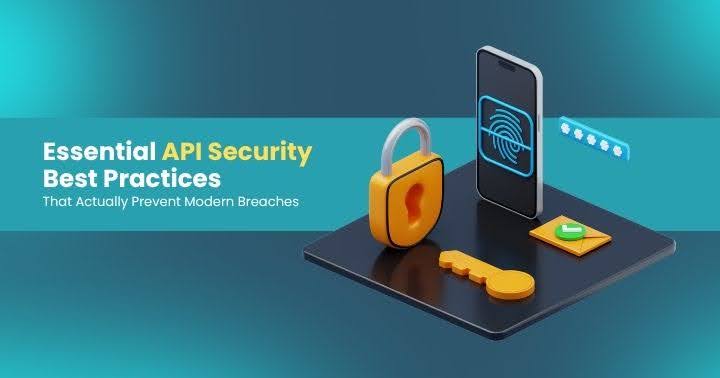How Object-Oriented Programming Supercharges API Penetration Testing
Broken Object Level Authorization gets all the attention—but what about method-level traps and SSRF risks hiding in plain sight? In this blog, a veteran red teamer breaks down how understanding object-oriented programming can dramatically level-up your API pentests.

How Object-Oriented Programming Supercharges API Penetration Testing
By Thomas Brittain, Director of Offensive Services at Sikich
APIs are built by developers—and most developers are using object-oriented programming (OOP). But here’s the twist: most penetration testers don’t think like OOP developers. They test endpoints in isolation, missing how methods and attributes interact beneath the surface.
That’s where this blog comes in.
As a seasoned offensive security professional with roots in software development, I’ll show you how object-oriented thinking:
- Exposes overlooked attack vectors like broken function-level auth and SSRF
- Helps predict and model object behaviors
- Enables smarter, risk-reducing testing
The Real Role of a Pentester
Before diving deep, let’s align on mission: security is about risk reduction—not just breaking stuff.
As pentesters, our job is to provide confidence. Confidence that the system is hardened against threats. Confidence that broken access controls and data leaks won’t end in breach headlines.
When we understand how systems are modeled, especially using object-oriented approaches, we can test smarter—and deliver value that goes beyond surface scanning.
Object-Oriented 101 (For Testers)
Object-oriented programming is everywhere—Java, Python, PHP, even PowerShell. If you’ve ever seen user.id, you’ve seen OOP in action.
Here’s the quick breakdown:
- Objects have attributes (e.g.,
user.name,user.role) - Objects also have methods (e.g.,
user.updatePassword()) - A class defines the template; instantiating it creates the object
- Encapsulation keeps data protected and behaviors scoped
- Design patterns (like singletons) enforce reuse and structure
Why does this matter? Because API requests typically manipulate these same objects—and their underlying methods and properties.
Pentesting With Object Models in Mind
If you understand how developers model systems, you’ll start to anticipate their weaknesses. That includes:
- Endpoints that expose too many object attributes (Excessive Data Exposure)
- Methods triggered by users without proper auth checks (Broken Function Level Authorization)
- Object relationships allowing privilege escalation (Broken Object Level Authorization)
- Parameters used to make outbound calls (Server-Side Request Forgery)
Let’s walk through a few examples.
Case Study: Broken Function-Level Authorization
Imagine an API where a user can return a product via:
json
CopyEdit
{
"status": "returned"
}
The server receives this via a PUT request and issues a refund.
🚩 Problem: The API doesn’t verify if the user has permission to trigger the “return” method.
As a result, attackers can:
- Mark arbitrary items as returned
- Trigger business logic they shouldn’t access
- Cause real financial loss
This isn’t a BOLA—it’s function-level abuse. Think of it as unauthorized method execution.
Case Study: Server-Side Request Forgery (SSRF)
Another example: an API has a mechanic object that, when updated, fetches vehicle data from a remote system.
Normally, it looks like:
json
CopyEdit
{
"vehicleDataUrl": "http://internal.api/vehicle/123"
}
But an attacker modifies it:
json
CopyEdit
{
"vehicleDataUrl": "https://ipinfo.io"
}
Now the backend fetches external content, exposing internal IPs. This is SSRF—enabled by a method that didn't validate its input.
ORM Pitfalls: The Hidden Exposure
Object-Relational Mappers (ORMs) like Sequelize or Hibernate speed up development—but they often expose too much.
For example:
- An API response includes internal fields like
isAdmin,salary, orcreatedBy - Attackers modify
isAdmin: trueand resubmit the request - Without proper backend authorization checks, they escalate privileges
Testers must look beyond what the UI shows. Inspect the JSON payloads and ask: What else is in this object?
Use Object Clues to Map the API Landscape
When reviewing APIs:
- Endpoints hint at the underlying objects (
/api/shop/users=UserandShopobjects) - GET responses reveal object attributes
- REST methods align with object methods (
GET,PUT,DELETE) - UML diagrams (if found) are gold—they show how objects relate
Always think: What’s the object? What are its properties? What methods can be triggered? Who should be able to do that?
Training Environments: Practice Makes Perfect
To sharpen these skills, check out:
📦 GitHub - Sage-Labs/capi-training
A dockerized vulnerable API environment designed for pentesting practice.
You'll encounter:
- Broken object property auth (e.g., changing roles in a PUT request)
- SSRF scenarios (e.g., redirecting API calls)
- Excessive data exposure via ORMs
Test them. Break them. Learn how real-world object modeling leads to real-world vulnerabilities.
Further Reading
Want to go deeper into API defense and object modeling?
- Defending APIs – A practical guide to secure design and OpenAPI 3.0 enforcement.
- Hacking APIs by Corey Ball – A must-read for API pentesters.
Both books reinforce that API security is not just about endpoints—it's about how objects, data, and access are modeled and protected.
Final Thoughts
Object-oriented programming isn't just for developers. As security professionals, understanding OOP helps us:
- Anticipate application logic
- Reveal privilege escalation paths
- Test API authorization with precision
- Deliver better risk-focused reports
In short: model the system like a developer, attack it like a hacker.
By aligning our pentesting methodology with how APIs are actually built, we reduce real-world risk—not just checkboxes.
Want to see more technical walkthroughs like this?
Subscribe at APIsecUniversity.com and level-up your API security mindset.
Latest Articles
Earn your APIsec University Certificate
Earn an APIsec University certificate and badge for completing any of our courses.
Post your badge on LinkedIn and share your accomplishments. You can even receive CPE credits for taking these courses.











